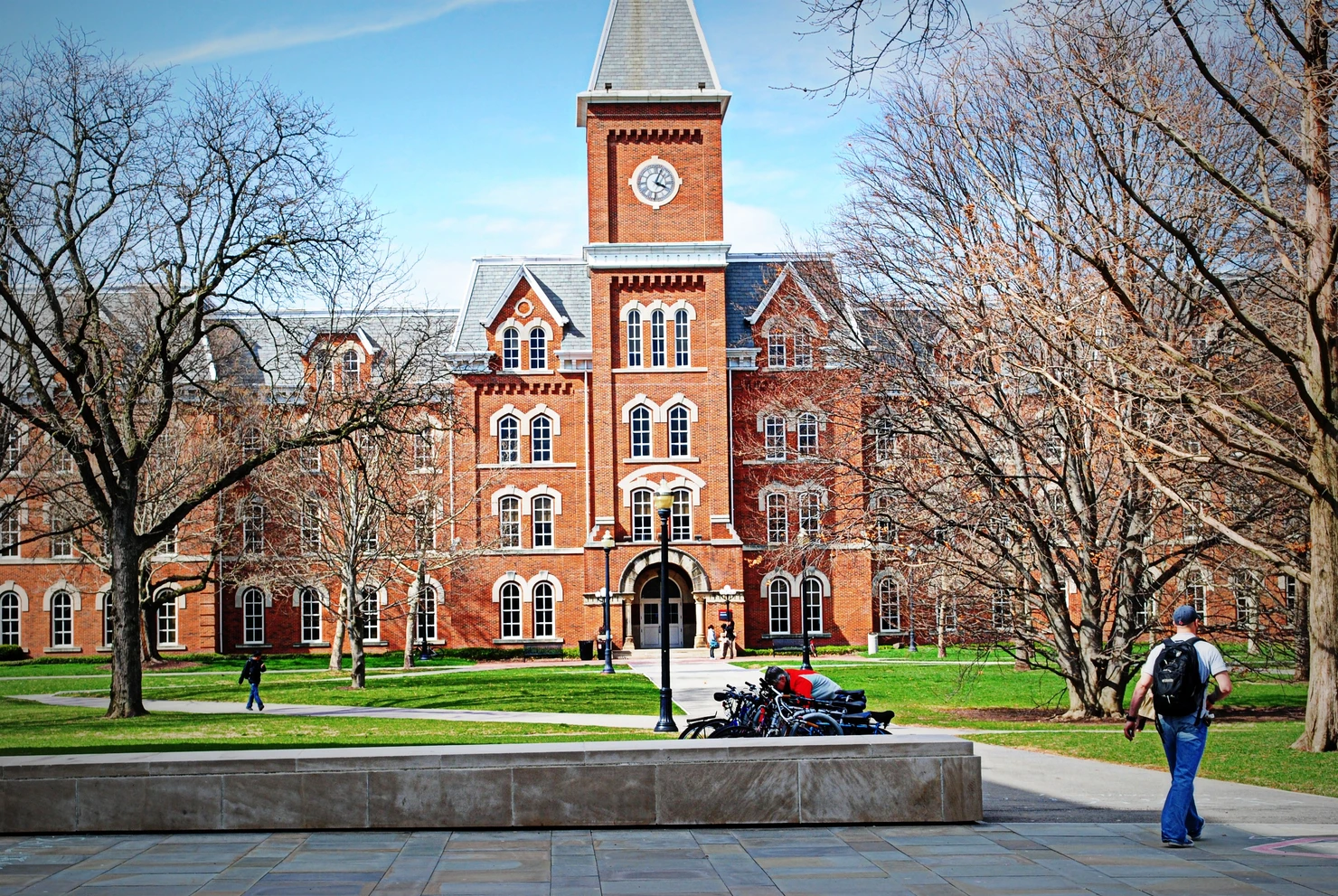If you are the process of planning and outlining your college list, the Big Ten may have popped up in your conversations.
In today's Friday blog post, we will outline what colleges form the Big Ten, where their renowned title and name comes from, and what key information you will need to know about the universities.
But before you continue on with our daily blog, do not forget to join our live webinar today Consulting Jun at 5:30 PM PST (Zoom Link). Founder of 7EDU and senior consultant, Jun Liu, will discuss secret tips from this week's blog posts that you won't want to miss.
High school students that are well-versed in legendary athletics and sports are most likely aware of the Big Ten. But for a quick introduction, the Big Ten is an "ongoing tradition of developing strong leaders."
The conference, that comprises of prominent and distinguished colleges and universities, has long been established for more than 120 years ago.
Yesterday's blog gave families some insight into the Bay Area's top five private schools alongside their SAT and ACT scores. If you have not yet given that post a read, head on over by clicking here.
With several leaders from the universities, the organization and development of intercollegiate athletics were established.
What is the Big Ten?
Similar in popularity to the well-known Ivy League schools, the Big Ten is a notable intercollegiate athletic conference.
Although the name implies ten schools, there are actually fourteen colleges that comprise the Big Ten.
Listed at your convenience are the following fourteen universities that the Big Ten includes:
Out of the fourteen schools mentioned, Northwestern University is the only private college. The other thirteen schools are public universities.
The two colleges that were added to the Big Ten most recently is the University of Maryland and Rutgers University. These two new additions to the Big Ten Conference reside on the east coast, whereas the remaining other colleges are in the Midwest.
What extracurriculars do you need to take while in high school, in order to maximize your college admission outcomes? Find out in our previous blog post here.
The Big Ten Conference was initially founded by Purdue University but has grown to incorporate all colleges that personify the values and principles founded in 1895.
What Makes the Big Ten Special?
The question that most parents and students inquire about is what makes the Big Ten unique and special, in comparison to other notable and available colleges?
Well, for starters, the Big Ten offers high school students with large athletic capability an academic education at reputable research institutions. The Big Ten colleges are moreover surrounded by an exceptional community and population of families and individuals that pridefully supports the school.
Students, alumni, and residents of the colleges are typically supporters and major enthusiasts of sports. If you are looking to apply at one of the prominent Big Ten colleges, you can expect to be enrolled in a proud and sports-based academic environment.
Academic rigor is another defining feature of the Big Ten.
As the Big Ten and the athletic conference have become to represent some of the most highly rated public schools in the country, strong funding and academic stringency follow.
With major resources awarded by an extensive alumnae association, the Big Ten actively participates in funded research. Their Committee on Institutional Cooperation (CIC) acquired $3.5 billion dollars in federal funding in 2007 alone.
Do you know what high school courses to plan and take? Learn about what Ivy Leagues and top colleges are looking for in a high school student's course curriculum in our recent blog, here.
As a result, students that are looking to apply to a university heavily invested in research should take a look at the Big Ten schools.
Although the Big Ten universities do not have the highest selectiveness amongst other colleges in the country, the schools do obtain outstanding and remarkable admissions statistics.
College-bound high school students should take into account the Big Ten's average SAT and ACT scores and properly prepare if they intend to apply.
All universities of the Big Ten have an average SAT score of well-over and above 1200.
What Are the Benefits of a Big Ten?
Big Ten schools offer a large array of degrees and programs versus standardize smaller colleges. If you are a student looking to pursue a double major or minor in another subject, the Big Ten colleges offer a wide range of options.
When should you be taking the SAT to maximize your test results? Find out key exam dates that will boost your score in our previous blog here.
Another important advantage that students tend to love about Big Ten colleges is the wide variety of extracurricular activities.
As there is a considerable amount of students on-campus, you can expect there to be a large collection of clubs, student organizations, and more.
A major selling point of a Big Ten university is its amazing culture of school spirit.
As they are athletic-based colleges, sports a hot topic of discussion for students. If you are knowledgeable about sports and are passionate about learning in an academic environment that supports athletics, the Big Ten can be a great fit.
If you want to learn more about the Big Ten, refer back to their website here.































